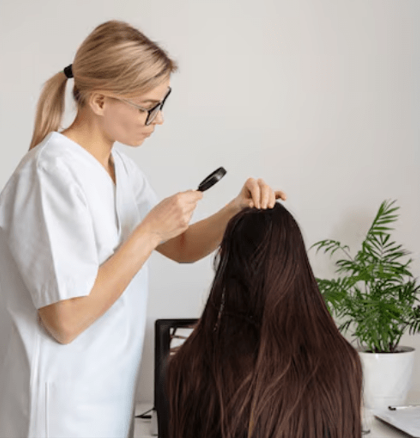South Korea has become a leading destination for LASIK eye surgery, offering world-class ophthalmologists, advanced technology, and affordable prices compared to Western countries. For medical tourists seeking vision correction abroad, preparation is key to ensuring a smooth and successful LASIK journey. Whether you’re planning a solo trip or combining the procedure with a vacation, here are essential tips to help you prepare for LASIK surgery in Korea.
1. Research Accredited Clinics and Surgeons
Before booking your flight, invest time in researching reputable eye clinics in Korea. Look for:
- Board-certified ophthalmologists with LASIK specialization
- Clinics equipped with state-of-the-art laser technology (e.g., WaveLight EX500, VISX STAR S4 IR)
- English-speaking staff or medical coordinators for international patients
- Verified patient reviews and before/after results
Popular LASIK centers in Korea include SNU Eye Clinic, BS Eye Center, and B&VIIT Eye Center.
2. Schedule an Online Consultation
Many Korean clinics offer online or video consultations for international patients. Use this opportunity to:
- Discuss your medical history and current eye condition
- Understand the LASIK candidacy criteria
- Get an estimate of costs, pre-surgery testing, and recovery time
- Clarify any doubts regarding travel planning or downtime
3. Plan Your Trip Around Your Surgery Timeline
Although LASIK is minimally invasive and has quick recovery times, international patients should plan for at least 5–7 days in Korea:
- Day 1–2: Pre-operative exam and vision testing
- Day 3: Surgery day
- Day 4–6: Post-operative check-ups and rest
- Day 7: Clearance to fly home
Avoid scheduling tours or activities immediately after surgery—your eyes will need time to rest.
4. Understand Pre-Surgery Requirements
Follow these essential pre-operative guidelines for accurate testing and optimal surgery results:
- Stop wearing contact lenses:
- Soft lenses: 5–7 days before
- Hard/gas-permeable lenses: 2–4 weeks before
- Avoid eye makeup, creams, and perfumes 24 hours before surgery
- Bring glasses with your current prescription
- Don’t drive yourself on the day of surgery—arrange transportation
5. Prepare for Language and Communication
Many leading eye centers in Seoul cater to international patients with:
- Multilingual medical coordinators (English, Chinese, Japanese, etc.)
- Translated documents and follow-up care guides
- On-site translators during exams and surgery
Still, it’s wise to learn basic Korean phrases or download a translation app for your stay.
6. Know the Costs and Payment Options
Korean LASIK clinics often offer transparent and competitive pricing with package deals that include:
- Pre-op testing
- Surgery and anesthesia
- Post-op medication and eye drops
- Follow-up consultations
Expect to pay ₩1,000,000–₩2,500,000 KRW ($800–$2,000 USD). Most clinics accept credit cards, cash (KRW/USD), or wire transfers.
7. Arrange Post-Surgery Care and Travel Comfort
Post-operative LASIK care is simple but important:
- Wear protective eye shields during sleep for the first few nights
- Use prescribed eye drops as directed
- Avoid rubbing your eyes or using screens excessively
- Wear sunglasses to shield from sunlight and wind
- Postpone swimming, sauna, or high-impact sports for 2–4 weeks
Consider staying near the clinic in a comfortable hotel or guesthouse recommended by the clinic.
8. Travel Insurance with Medical Coverage
Purchase travel insurance that includes elective medical procedures, trip delays, and medical emergencies. While LASIK is generally safe, coverage can protect you against rare complications or delays in recovery.
9. Combine with Sightseeing—But Wisely
You can explore Seoul before surgery or after recovery. Ideal activities include:
- Visiting palaces and museums
- Enjoying Korean cuisine (avoid spicy food right after surgery)
- Relaxing at a traditional Korean spa (jjimjilbang) after you’ve healed
Avoid smoky environments, heavy air pollution days, or dusty activities that may irritate your eyes.
10. Follow-Up Care Once You’re Home
Most LASIK patients see improvement within 24 hours, but long-term healing continues over several weeks. After returning home:
- Schedule a check-up with a local eye doctor within 1 month
- Continue to use lubricating drops
- Monitor for any vision changes and stay in touch with your Korean surgeon via email or telemedicine
Final Thoughts
Traveling to Korea for LASIK surgery can be a life-changing experience—with the bonus of exploring a dynamic country known for its hospitality and cutting-edge medicine. With proper planning and realistic expectations, your journey toward clear vision can be smooth, comfortable, and even enjoyable.




